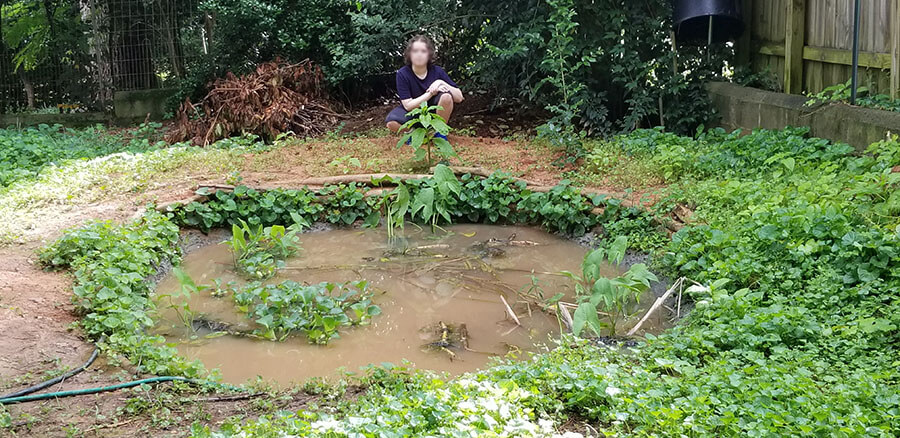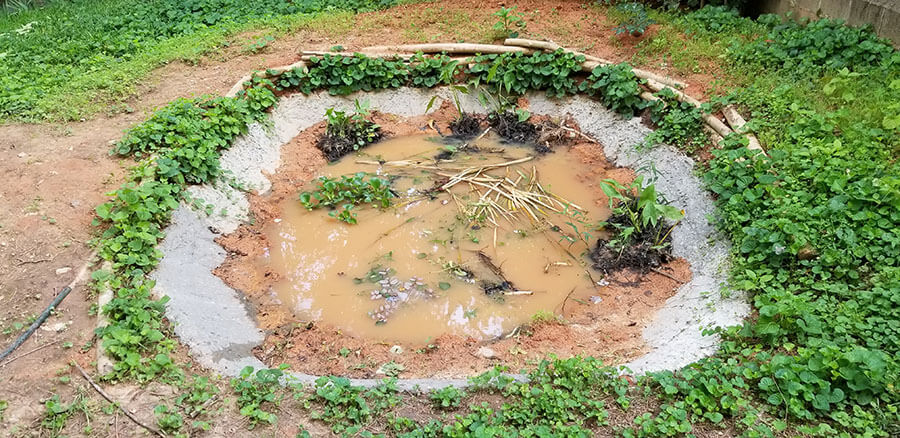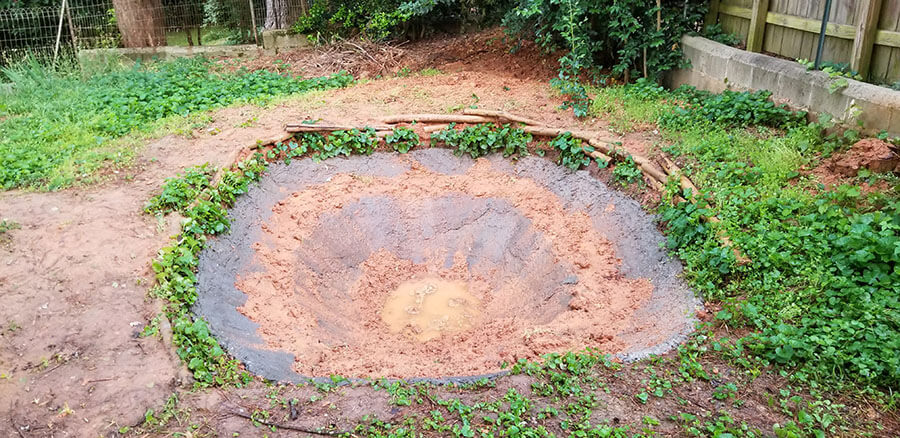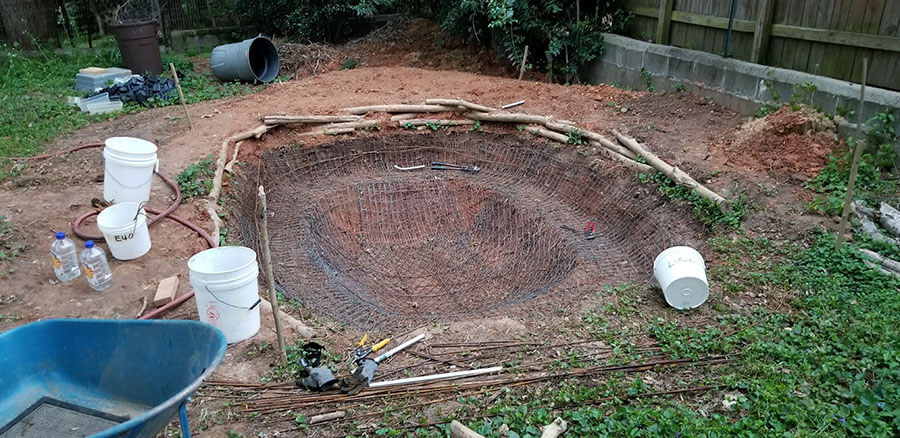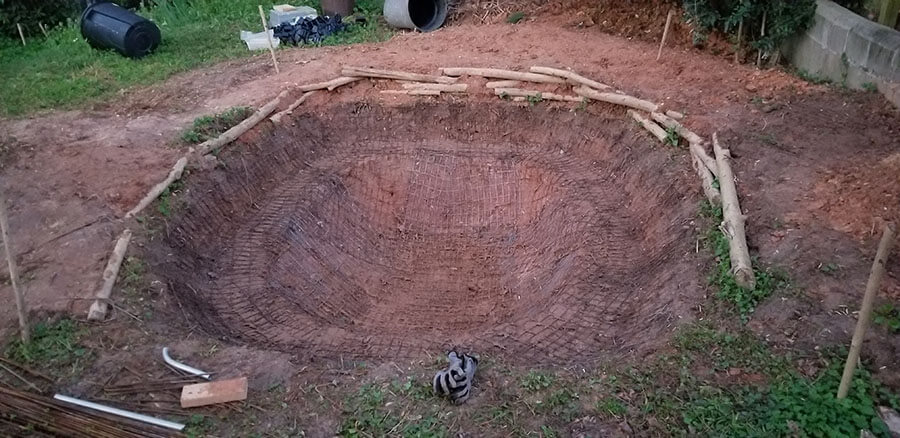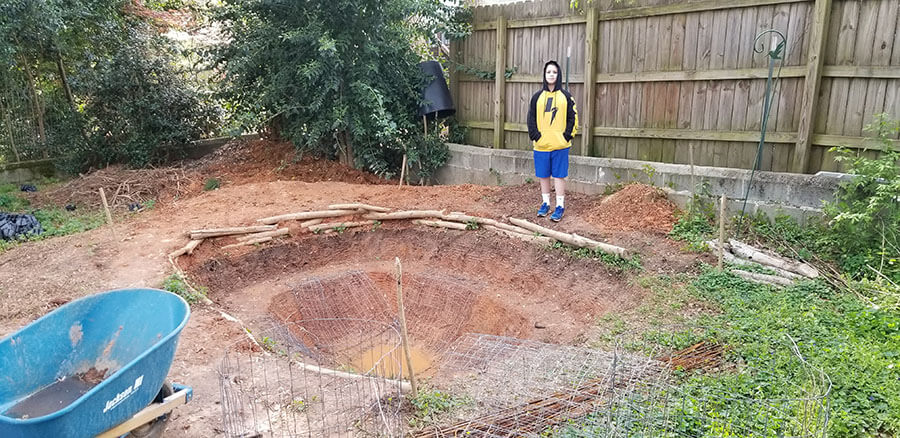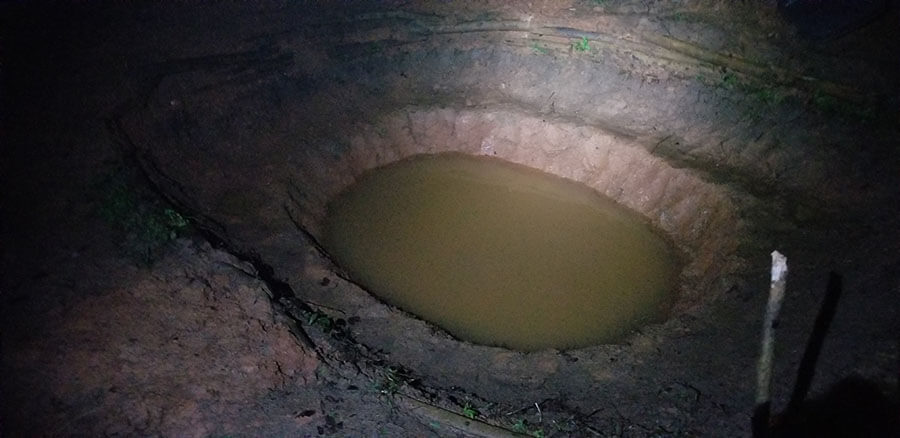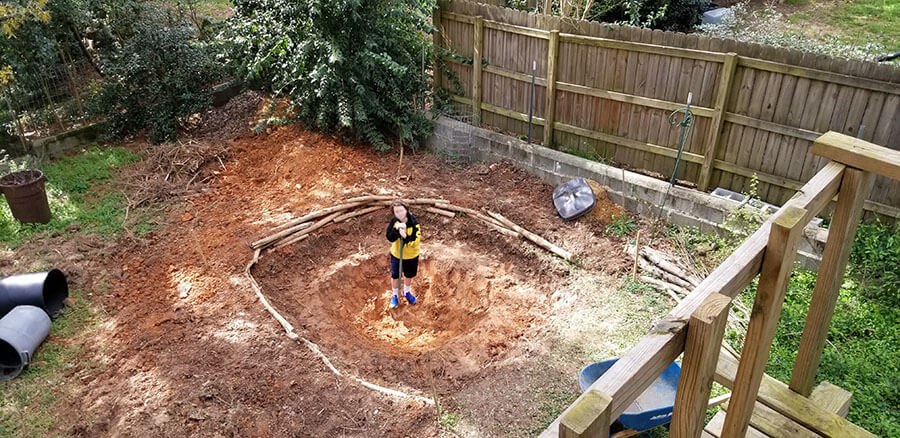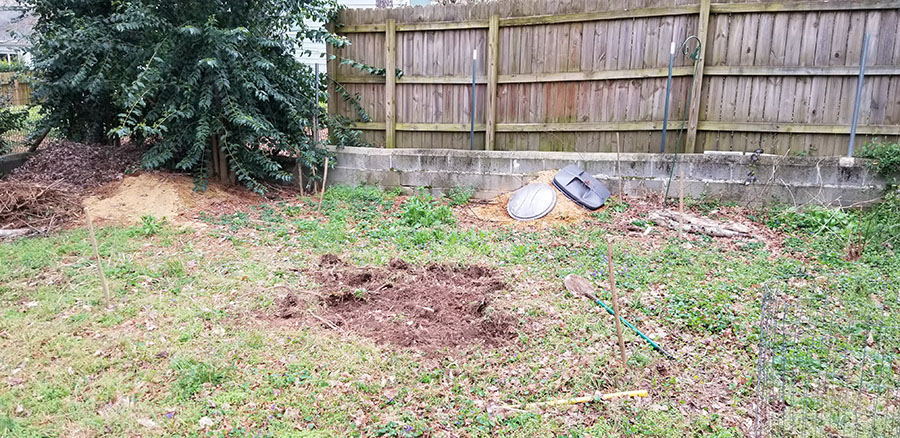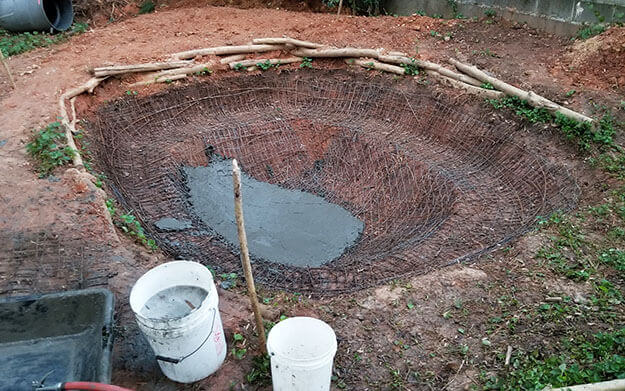In 2020, I dealt with the stress of running my business during the pandemic by digging a second tadpole pond.
Why a Second Pond?
For the first ten years I owned the property, my back yard was an ordinary lawn of St. Augustine with fairly low ecological value.
The first pond was small, but it turned its corner of the back yard into a Grand Central Station of biodiversity in its first year of existence.
By the end of the summer, there were hummingbirds and blue dragonflies chasing each other overhead and everything from owls to possums coming for a drink.
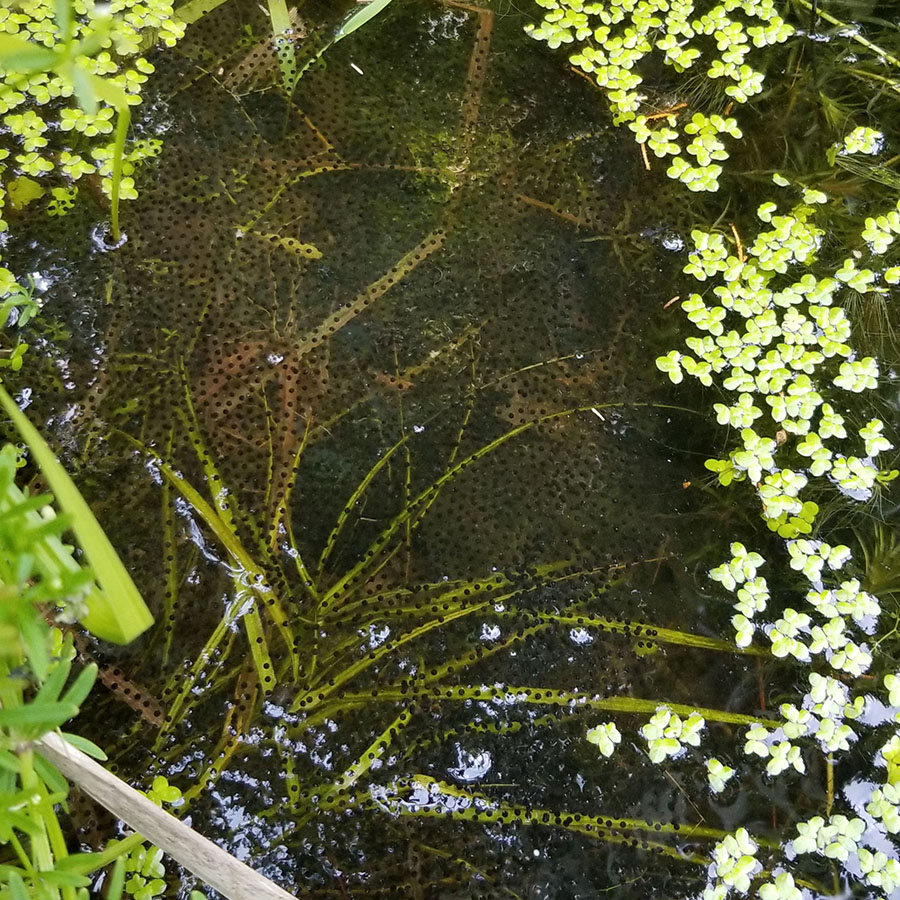
So far, the pond has remained healthy year after year, with clear water and populations of freshwater shrimp, clams, mosquitofish, water weeds, and multiple species of tadpoles.
The ecology appears to be self sustaining in all but one regard, and that is how rapidly the aquatic and semi-aquatic plants grow.
The only tasks I have to perform are keeping the plants dug out as needed and raking out leaves in the fall.
The only serious regret I have was not making the pond larger, and so in 2020 I decided to dig a second pond about 25 feet away, just up the terrace from the first pond.
I figured this would help population dynamics, which tend to crash when populations are too small. The frogs would mix between ponds on their own, and I could manually transfer mosquitofish and shrimp each year.
New Pond Design
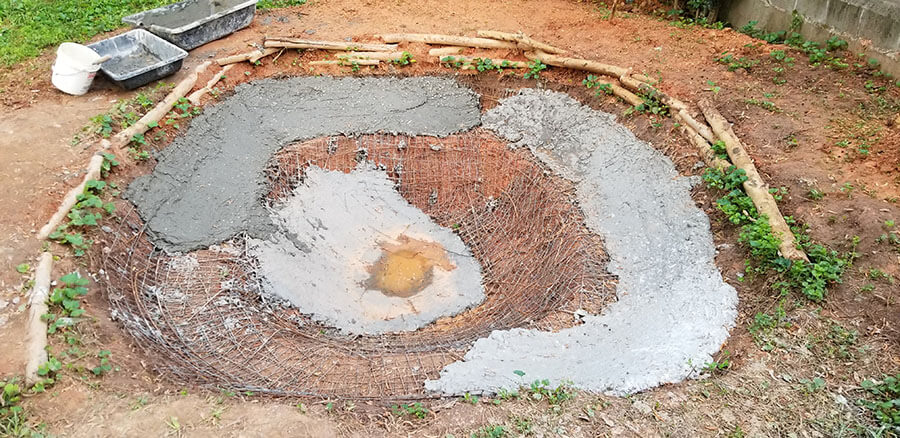
For this new pond, I updated the design of the pond in two important ways:
First, I blended my own concrete mix from polymer-fortified mortar and gravel instead of using ordinary concrete.
The first pond used ordinary concrete, and it leaks through the bottom as designed but more than desired.
(I thought the first pond needed to leak some to be empty enough to contain storm surges coming from my house’s gutter downspout.)
But the water level stays lower than necessary during dry seasons.
That’s why I used a hydraulic concrete made from polymer-fortified mortar for the second pond.
The second change I made for the pond design was to have a distinct plant shelf all the way around the main bowl of the pond.
This ensures a lush littoral zone, which is important for frogs and salamanders being to sneak in and out of the pond without being spotted by predators.
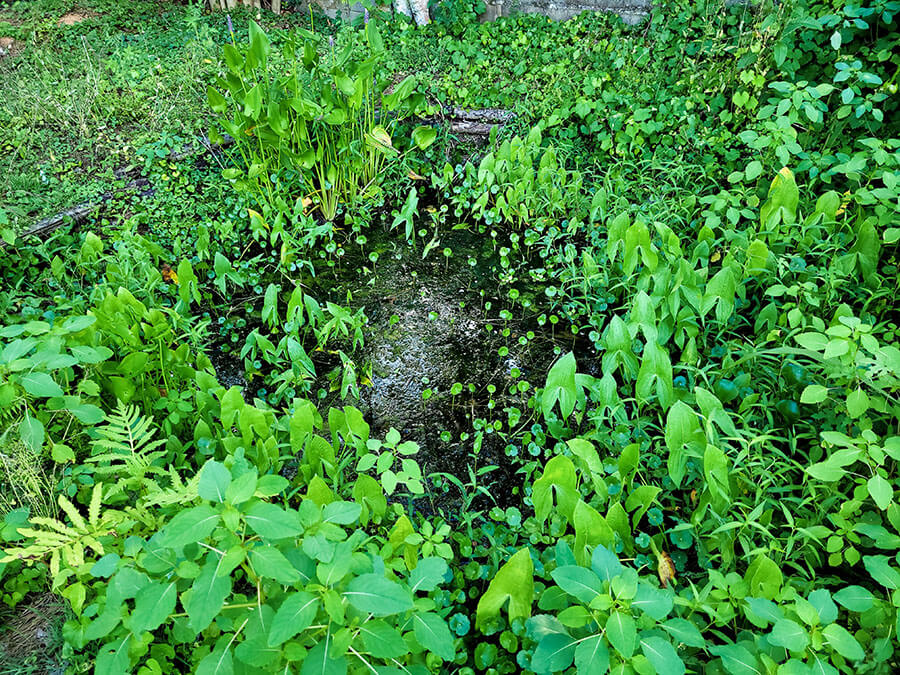
Rapidly Established
Note that all of the aquatic plant species shown in the photo above were established in the first year: duckweed, elodea, pennywort, katniss (duck potato), pickerelweed.
As was the case of the first pond, the second pond was dug an concreted and filled and colonized in less than 90 days.
Here is a sequence of photos running backwards in time:
